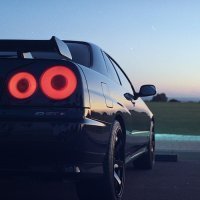Fs: 1999 S15 White
Announcements
-
Similar Content
-
Latest Posts
-
By soviet_merlin · Posted
Yep, cheapest options, neglected and abused. The fastest way to dislike a car is to get assigned that model by a budget rental company -
The noise complaint could be from absolutely anywhere, and anyone. Get it actually noise level tested to find out if you're actually over, or if you're fine. If you're over, quieten it down. If you're under, carry the test results in the car with you.
-
SAU NSW x Benzin Cafe Cars & Coffee Sunday 12th October 2025 7:30AM Meeting Benzin Cafe Meet Location: Benzin Cafe Dural RSVP: https://forms.gle/Q9TcFu9DHe4dbvtKA *Disclaimer* One of the things that really sets our club apart is our commitment to being true enthusiasts. When on normal roads we strive to maintain good relations with the authorities as well as the public in general. When attending one of Skylines Australia NSW events please try to: • Be aware of surrounding environment and act accordingly. • Drive courteously on the state’s roads as a true enthusiast should. • Understand how important it is to maintain the good name of SAU NSW and thus, treat others accordingly. • Any misbehavior will not be tolerated and you will be asked to leave.
-
Soz Duncan, I have to head up the central coast on that Friday, I have a Wedding on Sat morning.
-










Recommended Posts
Create an account or sign in to comment
You need to be a member in order to leave a comment
Create an account
Sign up for a new account in our community. It's easy!
Register a new accountSign in
Already have an account? Sign in here.
Sign In Now